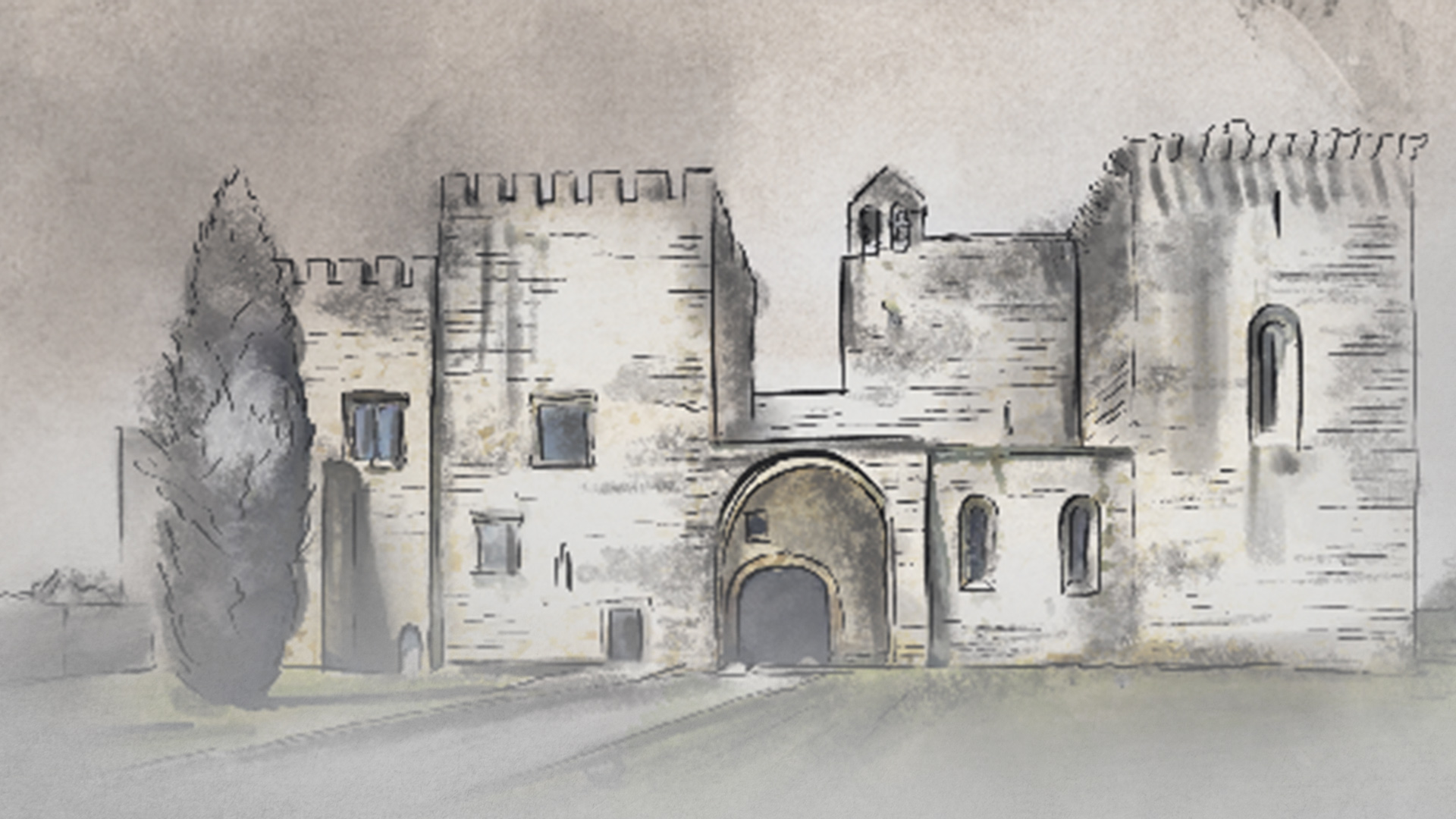The Flor da Rosa Monastery, on the outskirts of the Alentejo town of Crato, was commissioned by D. Álvaro Gonçalves Pereira, Grand Master of the Military Order of the Hospital, prior of Crato and father of the Holy Constable, D. Nuno Álvares Pereira. According to historians, this is where he was born.
The name Flor da Rosa Monastery (meaning, rose blossom) comes from a beautiful Gothic sculpture from the 14th century. The Monastery consists of three distinct buildings: the Gothic-style fortress-church, a Gothic castle-palace, already with 16th century alterations, and the remaining Renaissance and Mudéjar convent buildings. It is considered to be the most important example of a fortified monastery in the Iberian Peninsula. The Church of Flor da Rosa has been classified as a National Monument since 1910.
